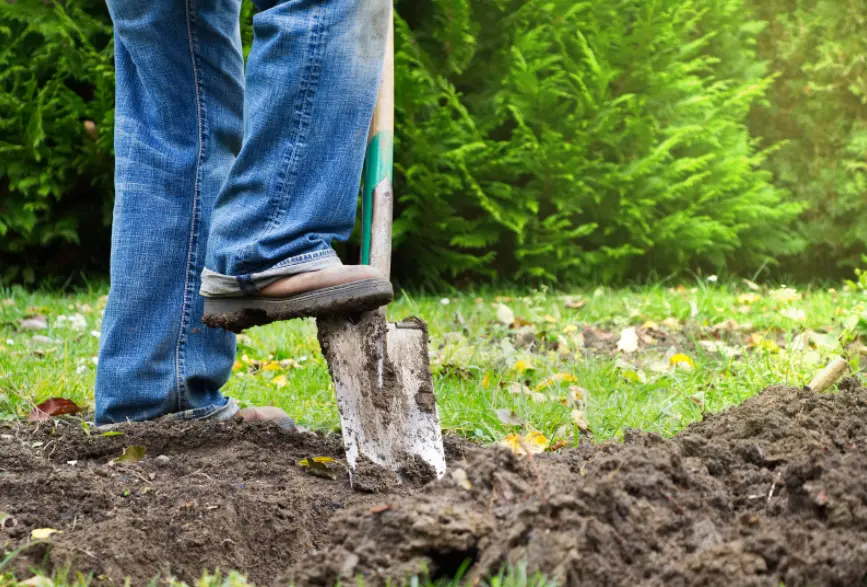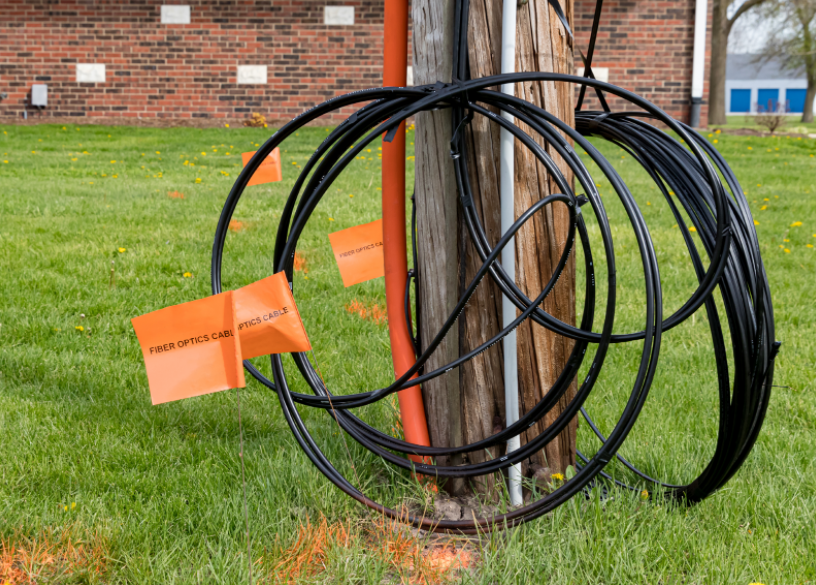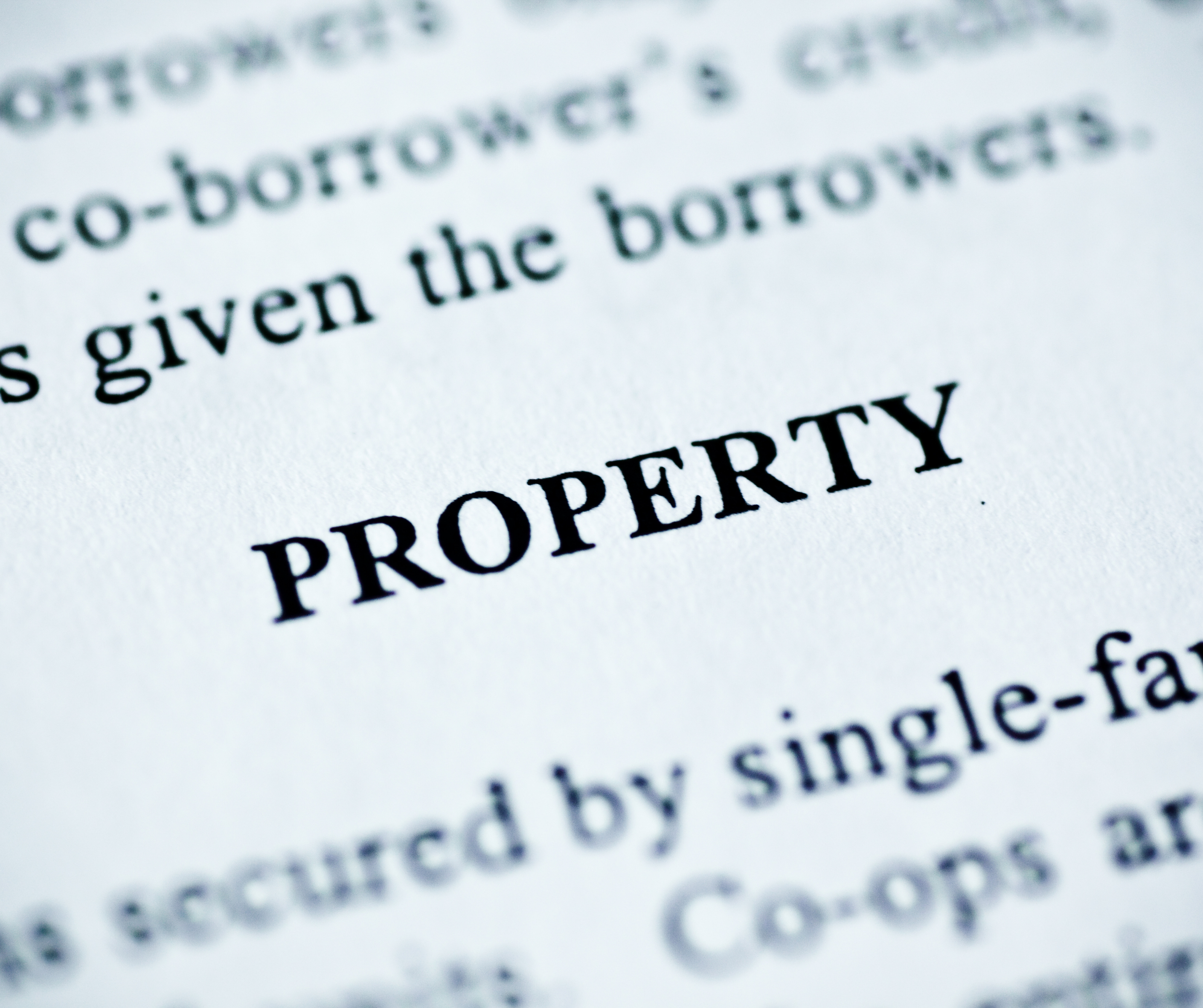If you’re a property owner, you might have several types of utility lines running through your land, including electric, gas, or telecommunications lines. A utility company can access these lines if there’s a problem, which means they can access your property. But don’t worry; this is a standard procedure and a small price to pay to get access to utilities, such as water, electricity, and the internet.
Keep reading to learn everything you need to know about utility easements as a property owner. As internet service providers (ISP), we know a thing or two about them!
What is a Utility Easement?
An easement gives a company a legal right to access and control your property for safety and community improvements.
Following that logic, a utility easement is therefore a utility company’s right to come onto your land. For example, utility companies have access to equipment, such as electrical and telecommunication lines and transformers, even though they might be on your private property.
Utility easements are typically written into your deed. If you’re unsure if your property is subject to utility easements, contact utility companies and ask them.
You should always know about utility easements, especially if you’re buying real estate. If you sell or buy a house, the utility easement will transfer with the land, this is also known as ‘run with the land’. The buyer purchases the house and land together with preexisting easements on it.
Since we rely on running water, cable, gas, sewage, and electricity, utility easements are always implied when buying property.
Types of Utility Easements
There are various types of utility easements. Utility companies follow the American Public Works Association (APWA) color code to understand what’s buried under which property.
This color coding below is how to tell different utilities on your land apart:
Blue – Potable (drinking) water
Green – Sewer
Yellow – Gas, oil, and other flammable materials
Red – Electrical and lighting utilities
Orange – Telecommunications (internet, phone, etc.)
White – Planned excavation limits

Call 811 Before You Dig
If you dig on your property before checking that there’s absolutely nothing underground, you might damage utility lines. This can result in a power outage for you or, worse yet, the entire neighborhood. For example, Race Communications once experienced a major interruption in service throughout California due to a cut fiber line. So, make sure you check what’s under you by calling 811 before you dig. Property owners have the right to use the land as they see fit, including the easement area, so long as they’re not obstructing the easement itself. For example, if there’s a written easement for a company to use a small corridor along your property to access its equipment in the back, you can’t build anything on or obstruct that corridor. If you do, the utility company can remove the obstruction or destroy the obstruction if it interferes with the easement. That doesn’t mean you can’t build a fence or plant flowers along the border. Your landscaping and home improvements just shouldn’t interfere with the utility companies’ access to their equipment. Remember that your deed permits utility companies to access easements whenever needed. If you prevent or block access they can take you to court and ask the judge for an injunction to stop you from blocking entry onto your property and for violating the utility easement.

Key Takeaways on Utility Easements
Hopefully, you now know everything you need to know about utility easements. As you can see, there’s not much you need to worry about. Make sure that you know what’s underground on your property. That way, you won’t have to worry about your yard, the utility lines, or causing any unwanted power outages. And remember be safe- always call 811 before you dig!

Comments
One response to “What You Need to Know About Utility Easements”
[…] to bringing services. To maximize the grant, Race utilizes current and existing utilities and utility easements. This reduces the cost and allows us to create a more extensive infrastructure. For example, if the […]